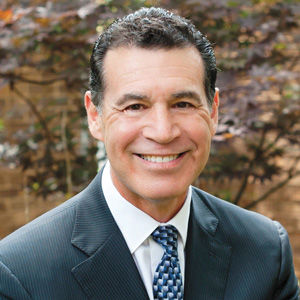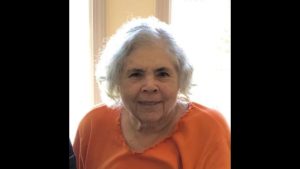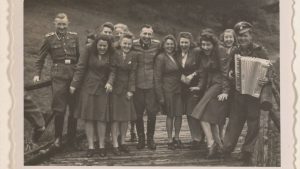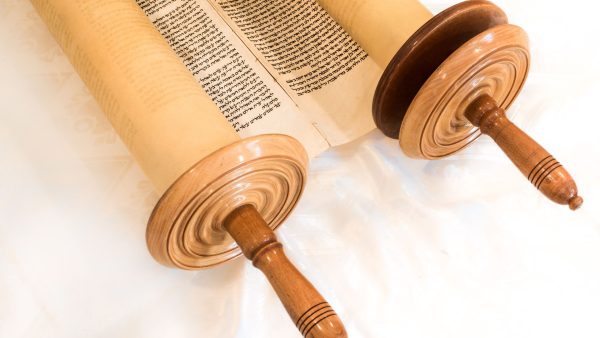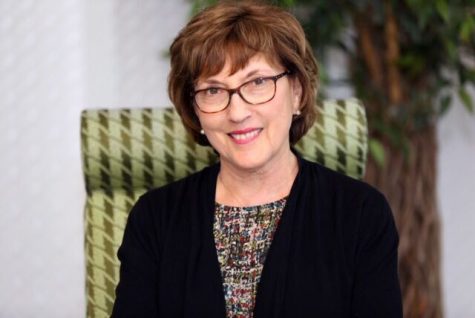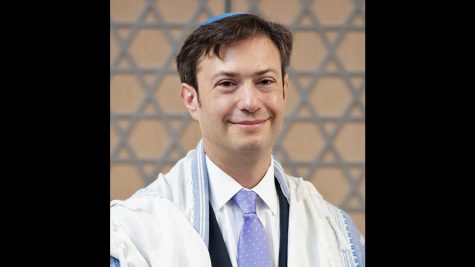Aspire to be a Prophet of Peace
Published June 10, 2020
There is almost as much to unpack in this section of the Torah (Behaalotcha) as there is to unpack from these past weeks and months. In fact, there is so much to unpack, that I will need a little help; no, a lot of help.
It’s always a good thing to have an awareness of one’s limitations in life, when the scene is a little too complex to take in all at once, the instinct to retreat when a situation appears volatile or inhospitable to one’s capacity to understand or navigate.
Moses was a person who may not have shown any flaws or weaknesses to the masses. He saved that for his family. In public, Moses did his best to reflect the messaging of the Almighty and personified the way the Israelites needed to comport themselves in the harsh desert conditions. He literally walked the walk and let the Almighty do the talking. Such a manner, however, can create pressure that is sure to reach a point of release. When the pressure to show others how you want them to act is being lightly regarded or ignored, and when there is no outlet to vent the frustration, the pressure will reach a flashpoint at the least opportune time.
Knowing your triggers, managing your stressors, anticipating scenarios in which your emotions may grow dark and inappropriate is difficult in the heat of leadership and even more challenging in the flames of fear, uncertainty and desperation.
In Behaalotcha (Numbers 8:1 – 12:16) we can observe the antagonists to community and leadership. That first significant word, Behaalotcha, is from the root A-L-H; to go up, ascend, climb, reach for, excel toward, cause to burn, in the context of today’s myriad challenges can spotlight the drive to be better, do better and to work to increase one’s ability to acquire, process and apply knowledge (light as a metaphor for knowledge).
The people are in a state of daily uncertainty, weariness, gripped with fear and impending external or internal conflict. The Israelites are not just taking a hike in the wilderness, they are in a state of escape, fleeing a 400-year legacy of dehumanization and state-sponsored marginalization.
In this parasha, the Israelites are looking back to that time when they enjoyed foods of their adopted culture, including meat. In the wilderness, such provisions are unattainable and yet, it is provided to placate the masses from a mob outburst. Moses knows by now that such placation tends to embolden the people to look further into the nostalgia of Egyptian knowns in place of the unknowns every step reveals ahead.
Moses does his best to model the behavior necessary to traverse the land and face the uncertainty with intention and drive toward a better place at the end of the journey. As time and circumstances wear on the people, modeling and exhortation become theoretical ideas, and all the people see is vast emptiness and featureless futility. The further they get from Egypt, the more they need clarity of purpose. The further they venture from the sounds of their past, the more they must be filled with the songs of hope. The more they pine for the meager comforts of a ward nation, the more they must be reassured that the path they are taking will lead them to a better place and time.
The leadership (Moses) sees that he is clearly in need of loyal lieutenants to reach out to the masses one on one in order to imbue confidence and cohesion. Without his priests, Moses has no office to provide continuity of expression; without his 70 elders, he has no legislative outreach. Without his inner circle, he has no spiritual and physical support to see the next day.
All this is happening, and he is not getting any younger. He sees his mortality as it approaches physical frailty, and it’s beginning to weigh on him. He is following the Almighty to the letter and he is trying to be sensitive to every Israelite, regardless of tribe. The Almighty has the stars, the planets and the angels. Moses has, well, Moses. He is wedged in a vise where there is heaven and its infinite forces, and Earth with its diverse and disparate population. What a mess.
In Numbers 11:29, one can almost hear a sigh in the text. Just as Moses commissioned the 70 elders, two of them, Eldad and Medad, were reported by a “youth” to Moses that they were “… acting like prophets in the camp” (sentence 28). Moses responds by saying “kol-am H’ n’viim” – “would that all the Almighty’s people be prophets.”
“Would that all the Almighty’s people be prophets”! Please say that a few times. The great post-Enlightenment essayist Ahad Ha’am (Ahser Ginsburg, 1856-1927) developed this phrase into one of his masterworks in the 1893 essay “Priest and Prophet.” I recommend you read that essay and think about how prophetic it is.
Would that all of us could work to become Prophets of Peace in our time. At least in the process of pursuing the divine attributes of being a prophet, one will come to know the importance of the priestly functions. Not every person can ascend “A-L-H” to the step of prophethood. In excelling toward that end, it is possible to achieve priestly behaviors. In reaching inward to find the burning fire to survive and thrive, you can fuel that fire with knowledge of self, awareness of the time and surroundings, and inspire you toward becoming that Prophet of Peace in our time.
There is a difference between humility and passivity. Passivity is fueled by indifference. Humility is fueled by a passion. Passion and indifference are amazing motivators. Both call you to an action. The line between the two is as thin as a strand of your hair. What tips the balance from humility to indifference is purpose.
There is enough purpose in today’s world as there has ever been. Do not be indifferent. Reach for and embrace your passion. Your purpose is calling you to be a Prophet of Peace.
We need you. You need you. And the generation yet to be born demands this of you.
Shabbat Shalom.
Cantor-Rabbi Ron Eichaker serves United Hebrew Congregation and is the Ballwin police chaplain. He is a member of the St. Louis Rabbinical an1d Cantorial Association, which coordinates the weekly d’var Torah for the Jewish Light.



